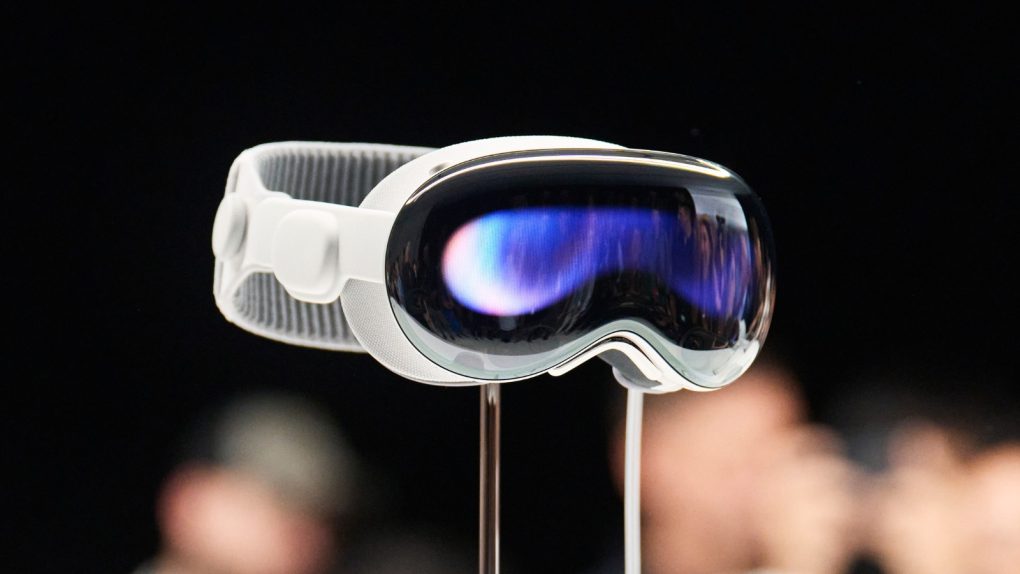Apple Vision Pro will land on the US market in early 2024. Although Apple’s first spatial computer will cost a lot, it won’t stop many evangelists from buying the company’s vision for a mixed reality future. That said, the supply chain might be the one to blame if you won’t be able to get your hands on this product in the US – or anywhere else in the world.
According to The Elec, Sony has a capacity limit of producing 900,000 units of OLEDoS per year. This technology uses silicon as a substrate to make a high-resolution micro OLED display panel, and sources have said the Japanese company will only be able to ship “hundreds of thousands of Apple Vision Pro at most” next year.
That said, Apple will be able to ship between 100,000 to 200,000 units of OLEDoS per quarter. The publication explains that there are other OLEDoS manufacturers, but Apple will likely stick with Sony until a second generation of this product.
Interestingly enough, Apple is so worried about the expansiveness of the micro OLED display that a report by The Information from a couple of weeks ago said the Cupertino firm is fixing defective OLEDoS units rather than discarding them. Although Apple won’t ship any Vision Pro this year, the publication said Sony wouldn’t be able to manufacture enough panels for more than 250,000 headsets in 2023 – meaning that Apple wouldn’t have more than 1,3 million headsets available to sell by the end of 2024.
The Cupertino firm asked Sony to expand the production of its OLEDoS panels, but the Japanese company refused. Apple plans to add LG Display as a possible candidate, but the South Korean firm still needs to build an OLEDoS production line.
Later models of Apple Vision Pro could use Samsung Display’s OLEDoS technology which uses red, green, and blue OLED instead.
With that in mind, getting your hands on Apple Vision Pro will be trickier than it seems. Not only does Apple very much rely on Sony, but producing this product is still a challenge. Those living in the US will have a hard time getting this product in-store, and customers from outside the US might take even longer to get a glimpse of Apple’s mixed reality headset.








